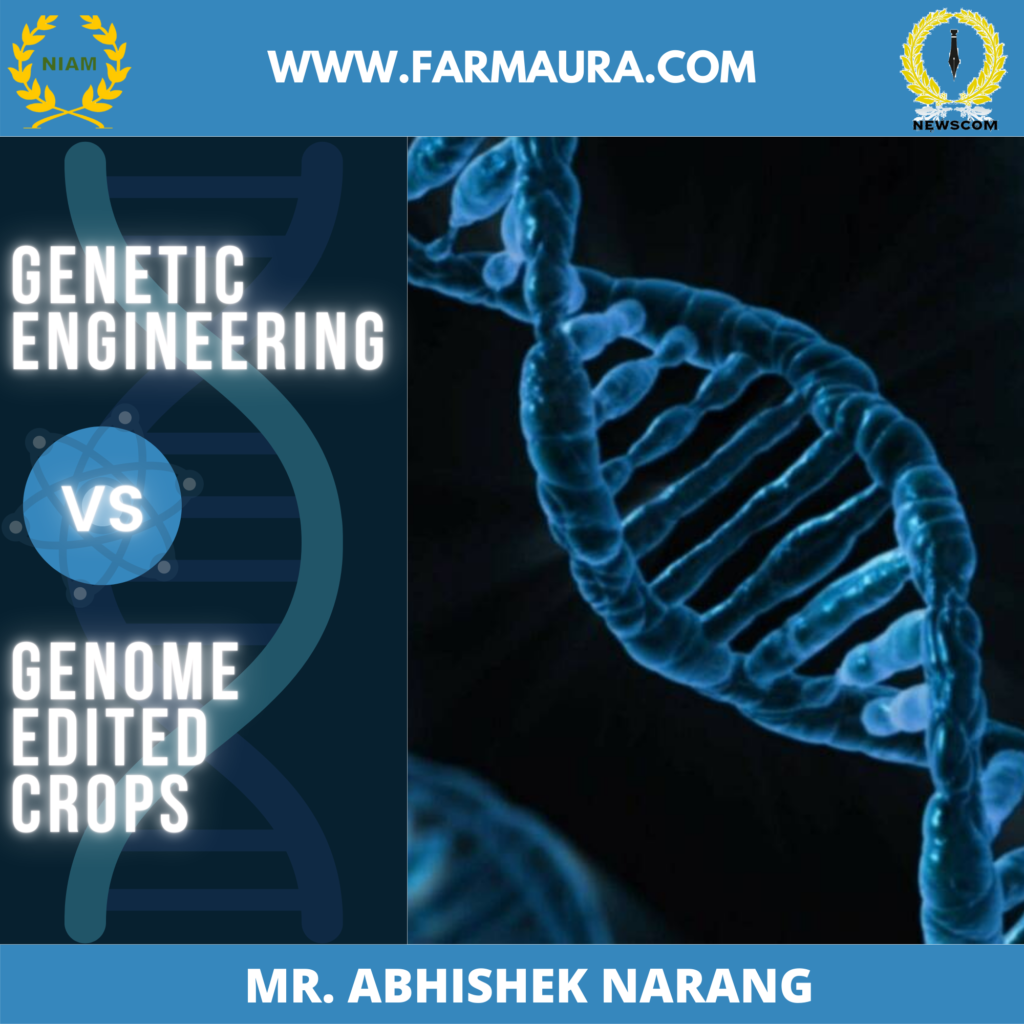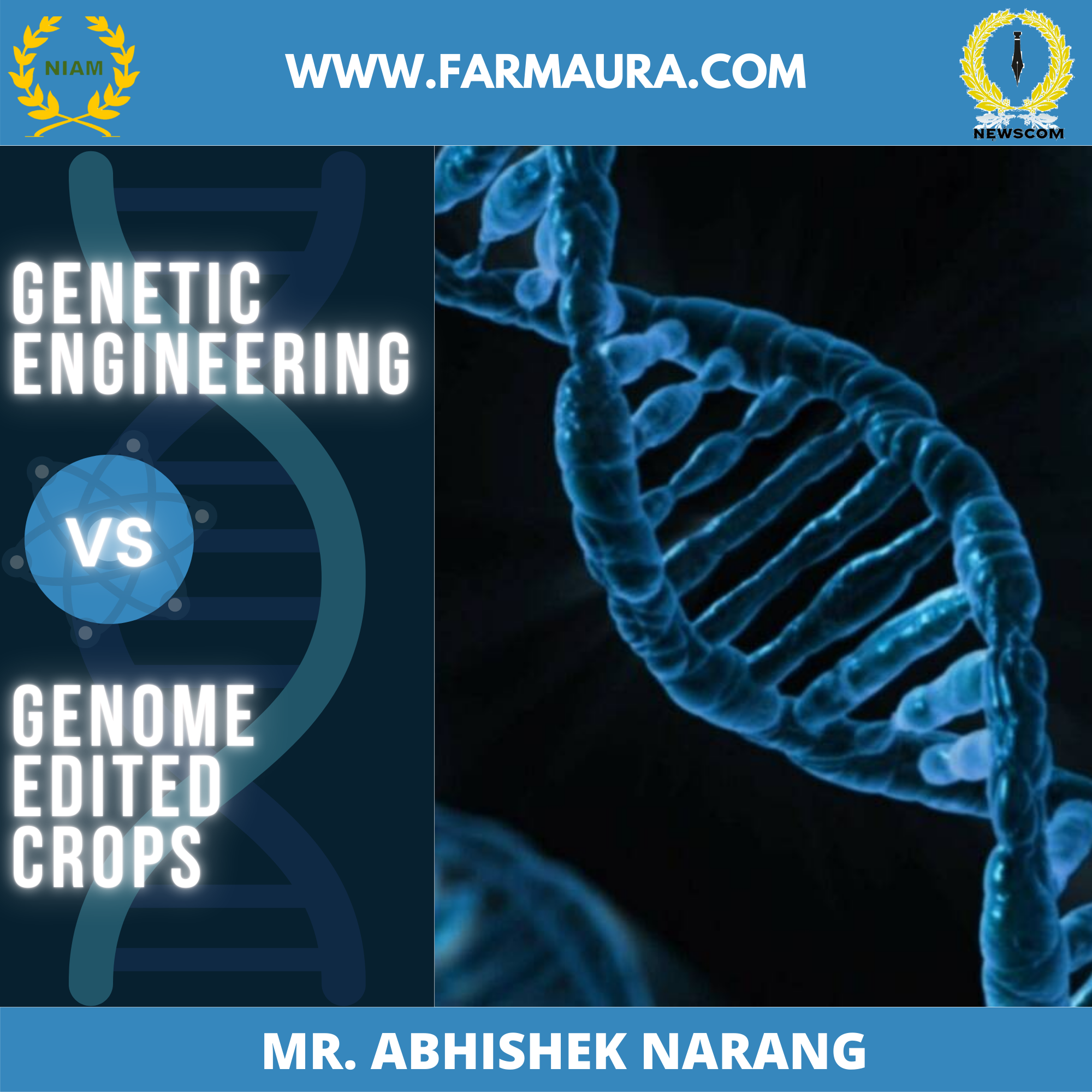
GM crops are a burning topic around the globe, and many environmentalists disagree because of biosafety and incomplete data. In India, the introduction of a GM crop is a long process involving multiple levels of control. The Genetic Engineering Evaluation Committee (GEAC), a senior committee of the Department of Environment, Forests and Climate Change, is the regulatory body for the introduction of GM materials and, in the case of agriculture, has multiple field trials, biosecurity data, and other information required before a nod to obtain commercial approval for GM crops.
Scientists in India and throughout the planet quickly drew a line between genetically engineered and genome-edited plants. They point out that the latter does not contain foreign genetic material and is indistinguishable from traditional hybrids. The Ministry has put an end to this issue with new guidelines. On March 30, 2022, an office memorandum was issued by the Ministry of Environment, Forest and Climate Change (MoEF&CC) in this regard. The institutional biosafety committee is an expert committee established by law to handle the research and release of GM materials. Such committees are responsible for proving that genome-edited crops do not contain foreign DNA. This technique is less of a hassle for the commercial release of genome-edited crops, and the technology significantly shortened the development process for new species and delivered accurate results.
What is Genome Editing?
Scientists in Germany and the US discovered a technique that breaks DNA strands to edit genes. This method produced the desired changes in the genome by using site-specific nucleases (SDNs) or sequence-specific nucleases (SSNs) for agriculture. A nuclease is an enzyme that cleaves nucleic acids, which are components of genetic material. Advanced research has allowed scientists to develop highly potent protein-based systems associated with Clustered Regular Interspaced Palindromic Repeat (CRISPR), which allows targeted intervention in genomic sequences.
Using this tool, agricultural scientists can now edit the genome to insert precise trends withinside the gene sequence. The method is split into three classes, Depending on the character of the edit, SDN 1, SDN 2, and SDN 3. SDN1 introduces adjustments within the host’s genome DNA via small insertions/deletions without the advent of foreign genetic material. In the case of SDN 2, the edit entails the usage of a small DNA template to generate precise adjustments. Both the methods now no longer contain alien genetic material, and the result is indistinguishable from traditionally developed varieties. On the other hand, the SDN3 technique entails comprehensive DNA factors or full-period genes of overseas beginning that makes similar to Genetically changed organisms (GMO) development. The SDN1 and SDN2 classes of genome-edited plantlife unfastened from exogenous-added DNA were exempted from biosafety guidelines.
The fundamental difference between genome editing and genetic engineering is that the former does not introduce foreign genetic material, but the latter does. For example, in the case of cotton, the introduction of the cry1Ac and cry2Ab genes from the soil bacterium Bacillus thuringiensis (Bt) allows native cotton plants to produce endotoxins that naturally fight pink bollworms. Both technologies intend to churn out a better yield and a more resistant biological and non-biological stress mutant. Genome editing has allowed scientists to have greater control over trait development coupled with accurate working.




